Preserving Pick-Sloan Power for the Sidney Water Users Irrigation District
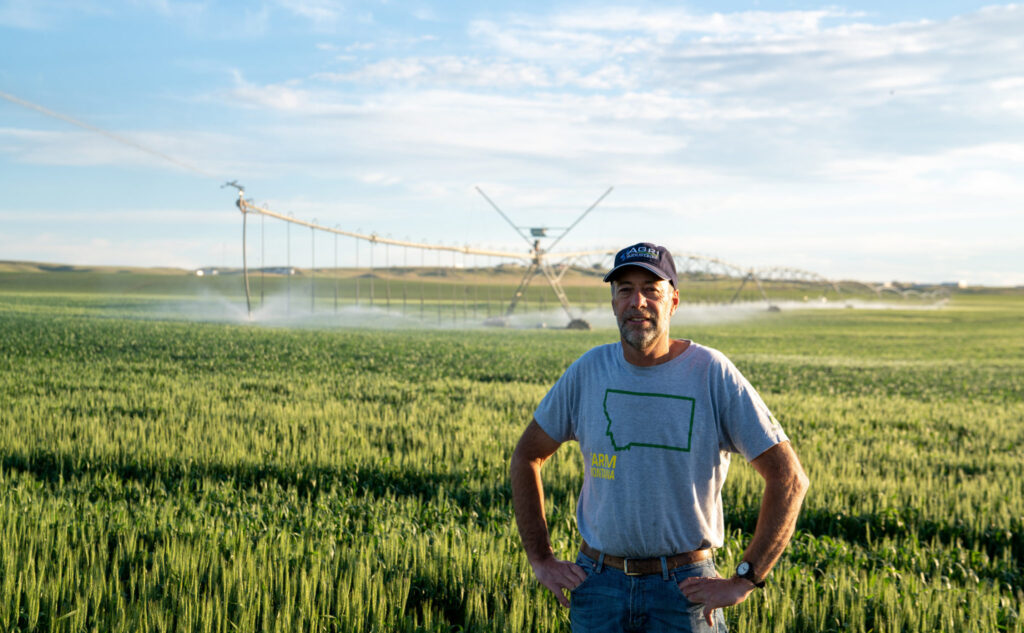
The Sidney Water Users Irrigation District (SWUID), based in Sidney, Montana, serves water to 48 family farms across around 5,000 acres in eastern Montana. Along with its neighboring district, Kinsey Irrigation Company, SWUID is threatened with the loss of affordable project use power (PUP) from the Pick-Sloan Missouri Basin Program, which was authorized by Congress […]
Water Resources in the Fort Belknap Indian Community
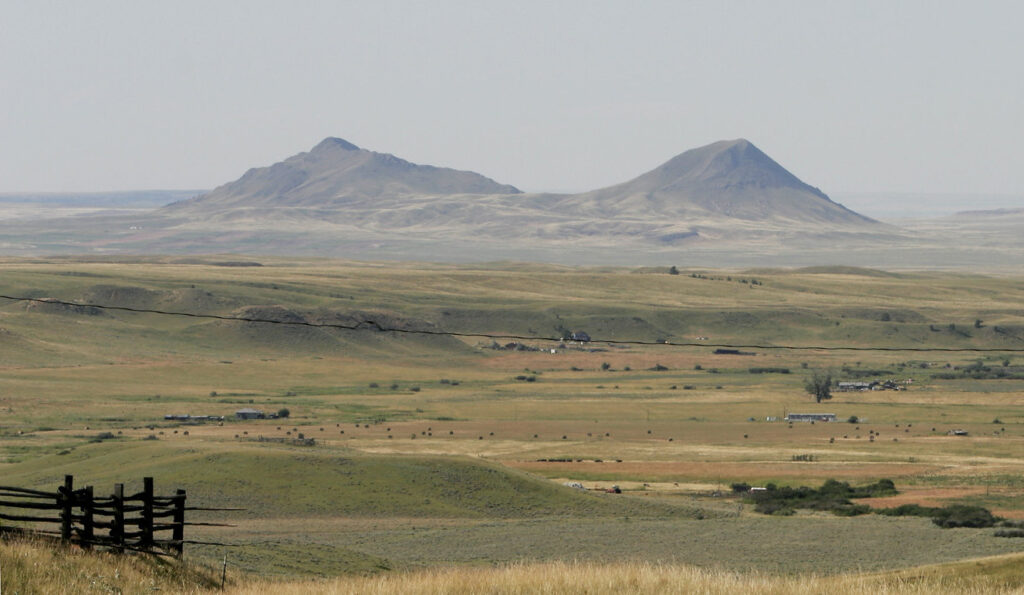
Montana’s Fort Belknap Indian Community (FBIC), which brings together the Gros Ventre and Assiniboine Tribes on the Fort Belknap Reservation, is home to the nation’s oldest federal Indian irrigation project, the Fort Belknap Indian Irrigation Project (FBIIP). The FBIC has Indian reserved water rights in the Milk River basin and recognizes the importance of the […]
The Intertwined History of the Blackfeet Nation and the Milk River Project
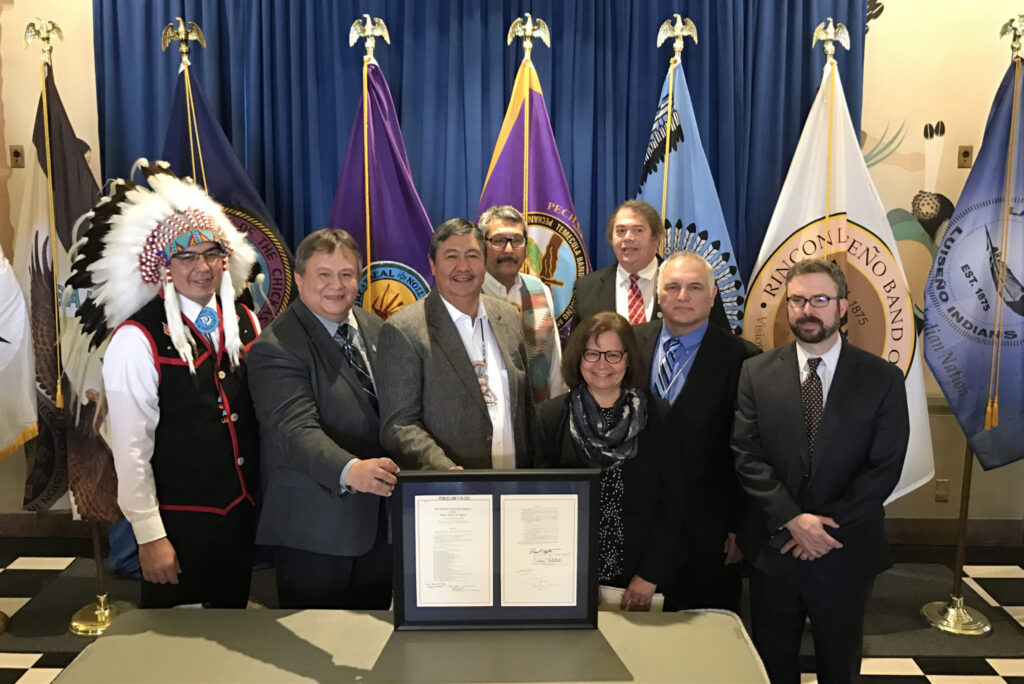
The St. Mary diversion works, which deliver water from the St. Mary River to the Milk River and provide the water for the Milk River Project’s irrigation supply downstream, are located on the Blackfeet Reservation in northwestern Montana. While the facilities were built on Blackfeet land, largely with Blackfeet labor, the Milk River Project did […]
The Montana Water Resources Association: Advocating for Montana Irrigated Agriculture in Helena and Washington, DC
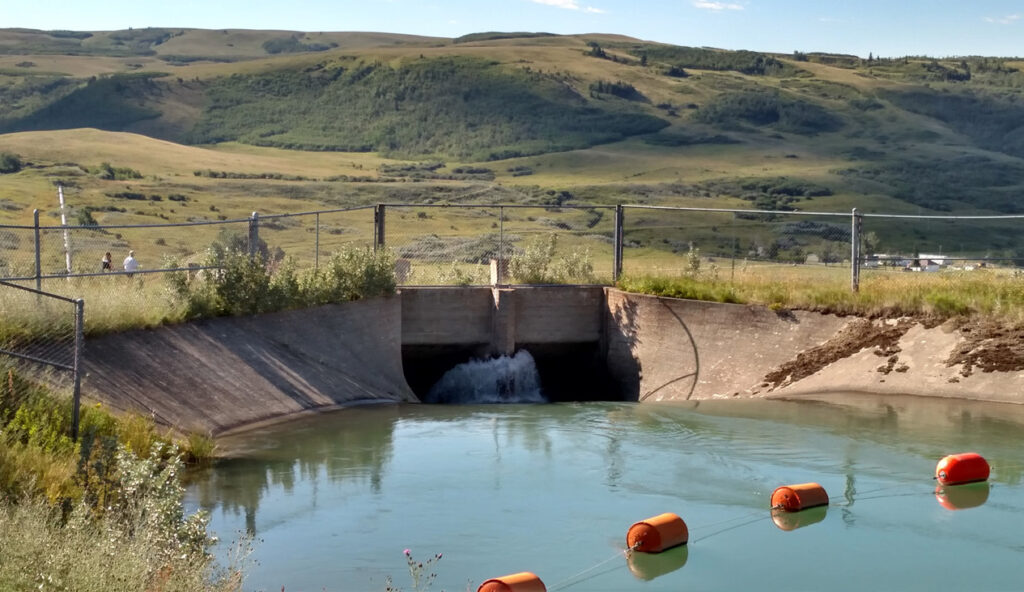
Mike Murphy has decades of experience in agriculture and has been the executive director of the Montana Water Resources Association (MWRA) for 27 years. MWRA advocates for Montana’s irrigated agriculture on both the state and the federal levels. In this interview, Mr. Murphy tells Irrigation Leader about the association’s top issues, including infrastructure funding and […]
Congressman Greg Gianforte: The Importance of Montana’s Irrigated Agriculture
While many Americans from outside Montana may not be familiar with the Milk River Project or the Sidney and Kinsey Irrigation Projects, their importance goes beyond Montana’s borders. The Milk River Project alone provides water to farmers who grow enough food to feed one million people per year. In this interview, Greg Gianforte, the representative […]
Senator Jon Tester on Legislating for Montana in Washington, DC
Third-generation Montanan Jon Tester has represented Montana in the United States Senate since 2006. His prior experience in agriculture and local and state government means that he has an intimate knowledge of the importance of irrigated agriculture for Montana’s economy. In this interview, Senator Tester tells Irrigation Leader about his legislative work on behalf of […]
Senator Steve Daines on Defending Montana Agriculture

Steve Daines was elected to the United States Senate in 2014 after two years as Montana’s at-large representative in the U.S. House of Representatives. In this interview, Senator Daines tells Irrigation Leader about his advocacy and legislative efforts on behalf of the Milk River Project and the Sidney and Kinsey irrigation projects in eastern Montana. […]
The Bureau of Reclamation’s Response to the Drop 5 Failure
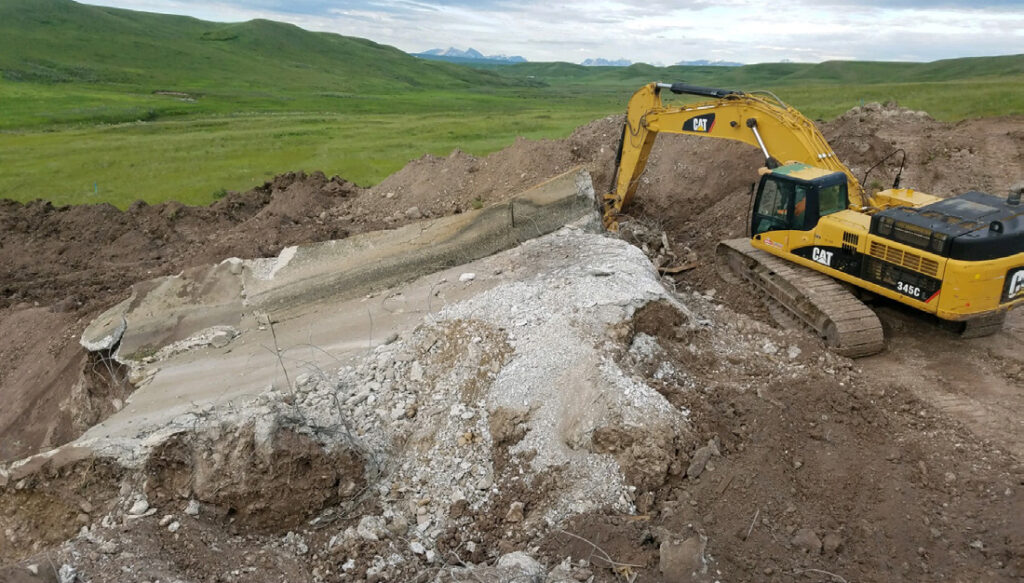
Montana’s Milk River Project is a Bureau of Reclamation project whose history goes back a century. After the recent catastrophic failure of one of the project’s drop structures, Reclamation has been working closely with the Milk River Joint Board of Control (MRJBOC), the State of Montana, local Native American tribes, and other stakeholders to plan […]
Catastrophic Failure on the Milk River Project
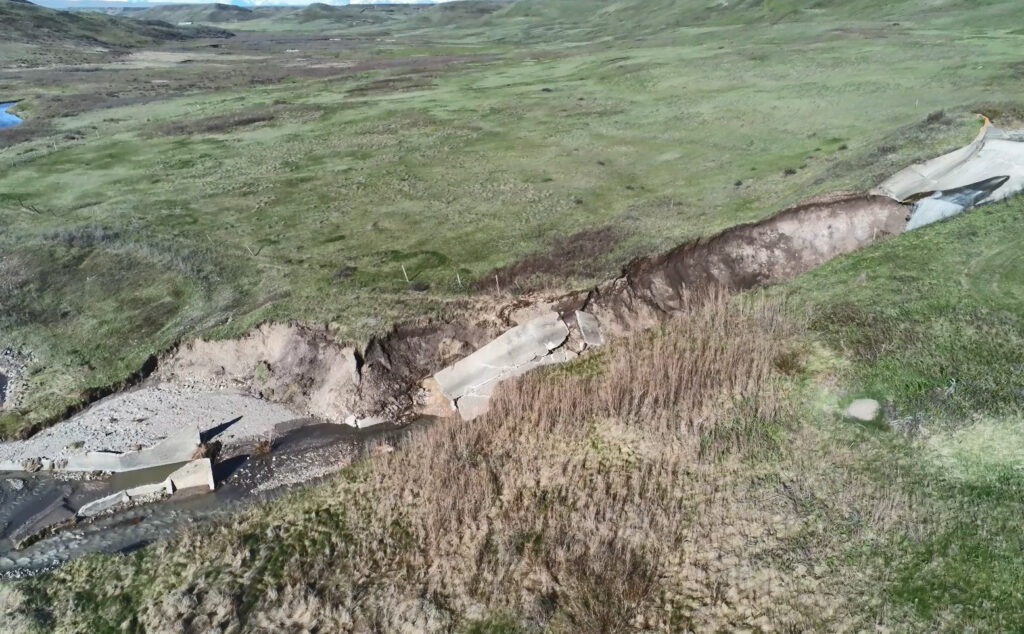
On May 17, a drop structure on the Milk River Project, which conveys water to the Milk River in Montana’s Hi-Line Region, failed catastrophically. The supplemental flows to the Milk River that the project was founded to supply have ceased and will not resume until the structure is repaired. While local reservoirs hold adequate water […]
Volume 11 Issue 7 July/August 2020
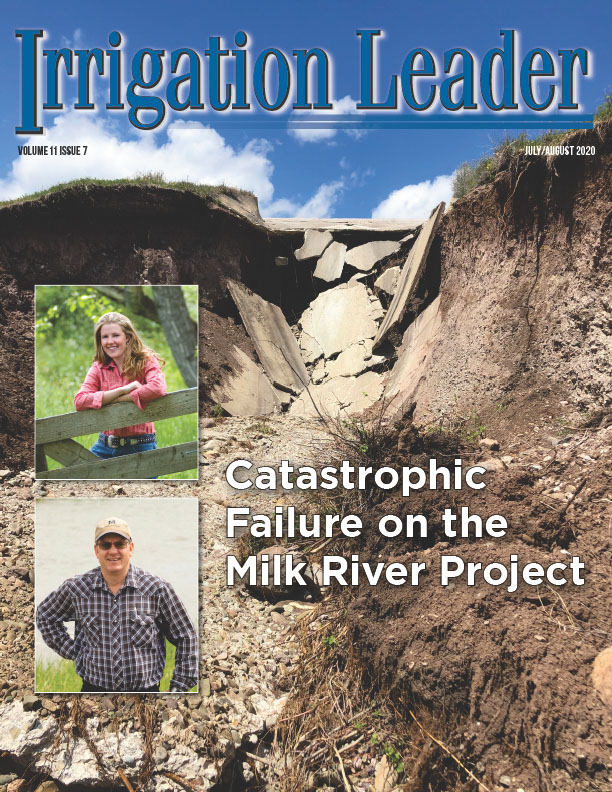
On May 17, the long-feared happened—the catastrophic failure of drop structure 5 in the St. Mary unit of Montana’s Milk River Project. Unless and until the St. Mary unit is repaired, it will not be possible to replenish the project’s storage, threatening the agricultural producers and municipalities that rely on its water. Much of […]
